

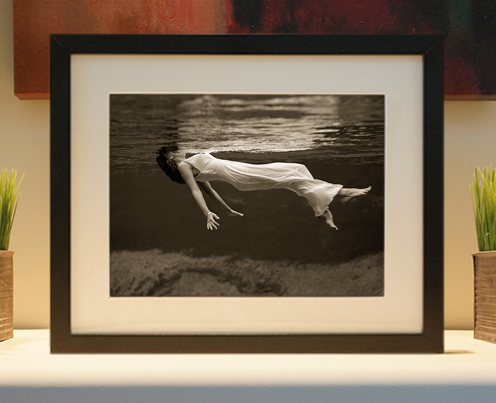
Framed or unframed, desk size to sofa size, printed by us in Arizona and Alabama since 2007. Explore now.
Shorpy is funded by you. Patreon contributors get an ad-free experience.
Learn more.

- Baldwin 62303
- Baldwin VO-1000
- Cold
- No expense spared
- Tough Guys
- Lost in Toyland
- And without gloves
- If I were a blindfolded time traveler
- Smoke Consumer Also Cooks
- Oh that stove!
- Possibly still there?
- What?!?
- $100 Reward
- Freeze Frame
- Texas Flyer wanted
- Just a Year Too Soon
- WWII -- Replacing men with women at the railroad crossing.
- Yes, Icing
- You kids drive me nuts!
- NOT An Easy Job
- I wonder
- Just add window boxes
- Icing Platform?
- Indiana Harbor Belt abides
- Freezing haze
- Corrections (for those who care)
- C&NW at Nelson
- Fallen Flags
- A dangerous job made worse
- Water Stop
Print Emporium
Jupiter R.R.: 1896
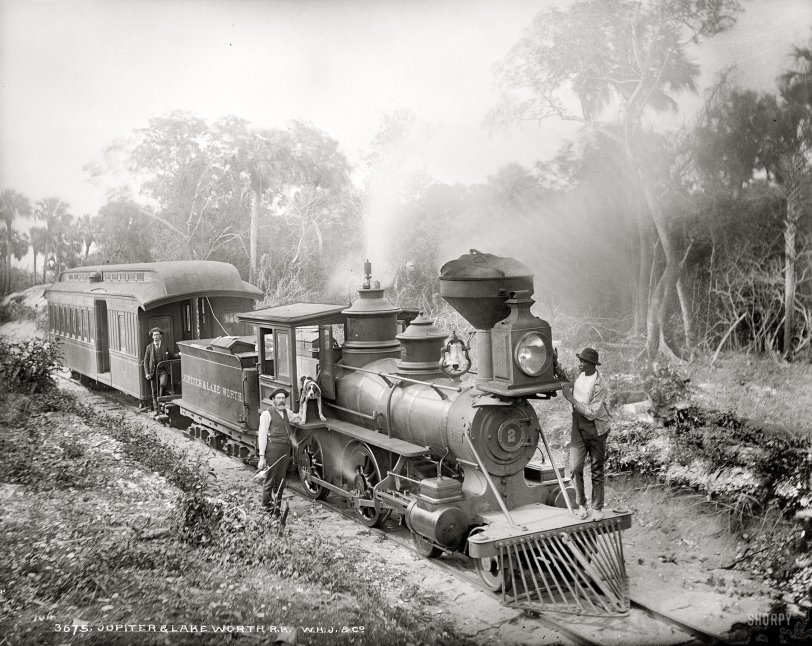
Florida circa 1896. "Jupiter & Lake Worth R.R." And one hound dog who didn't have to wait for the invention of the pickup truck. Dry plate glass negative by William Henry Jackson. Detroit Publishing Company. View full size.
That Cord
The cord between the passenger car and the tender is probably the Conductor's communicating signal bell rope for getting the engineer's attention. It seems to pass through a grommet in the end of the car roof. One very sharp clang of the gong in the cab means "train has come uncoupled"!
Baldwin Engine
Baldwin did produce rectangular plates during the 1880's, alternating them with the round plates.
And thanks to David Emery for passing my link to the J&LW site, for more interesting old railroad photos and history please visit www.taplines.net
Thanks
Don Hensley
Tools
I don't know if that is a wire running to the coach or not, but the box on the tender is a tool box. Headlamp is standard oil burner type so probably no electricity on the train.
Shoeless Joe
Poor fellow standing on front of engine with no shoes on. He'd be disciplined for sure on today's railroads. Heck, to go near a running locomotive today, I must have safety glasses, ear protection, safety vest, gloves and proper boots. Great picture.
Jupiter & Lake Worth
What a wonderful litle piece of Americana! A short-line narrow gauge railroad that lasted but a handful of years, but was filled with local color and quirky personalities. Stuff like this is one of many reasons we look at Shorpy every day.
Thanks Dave.
Circa 1889-1896
According to the interesting link provided by David Emery, the J&LW operated from 1889 to 1896, and took 35 minutes to make its 7.5 mile run. It, and its connecting steamboat lines, were put out of business by Flagler's mainline railroad, some of whose hotels were featured here several months back.
Technology Marches Onward
Is that a DC battery and wire leading from the tender to the car? If so, I can see the advantage of electric lighting as opposed to oil lamps.
Does anyone out there know how many locomotives were running on wood vs. coal in 1898?
Celestial Railroad
Sometimes called that because it made stops at Venus and Mars before it ended at Jupiter. With no turnarounds on the 7½ mile line, the train was always pointed toward Lake Worth, running backward one way and forward the other.
Jupiter & Lake Worth RR
More info: http://www.taplines.net/jalw/jalwry.htm
Squeaky Pooch
Is that guy fixin' to oil the hound?





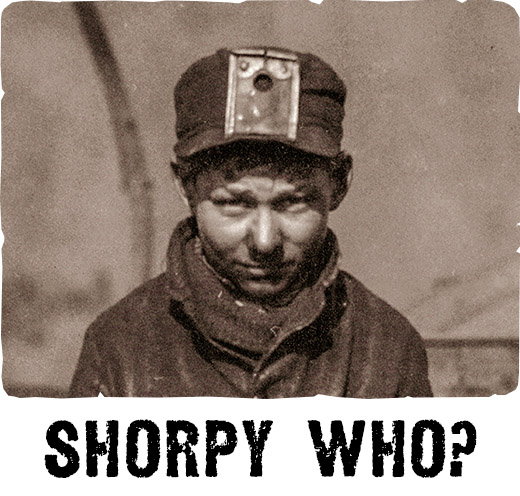
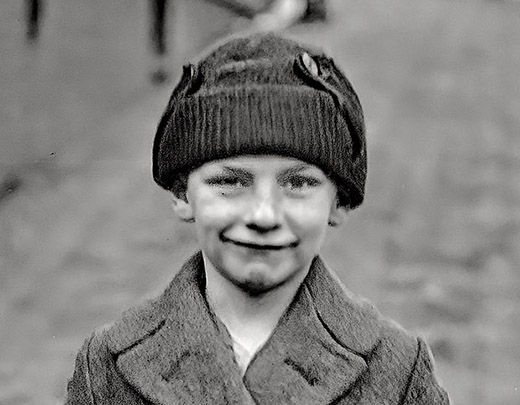
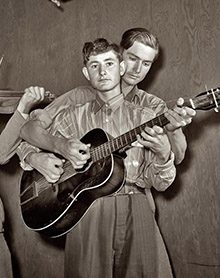
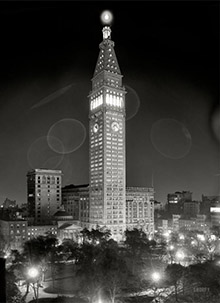
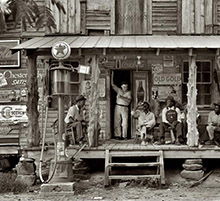
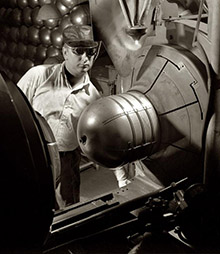
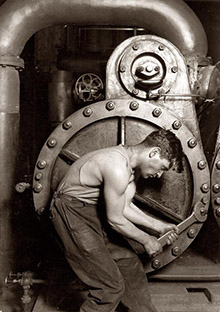
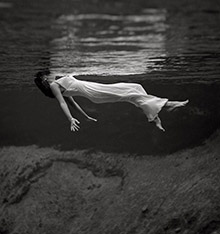
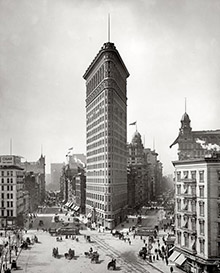
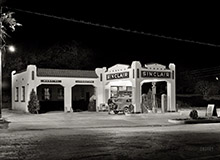
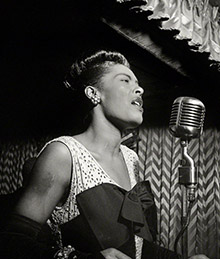
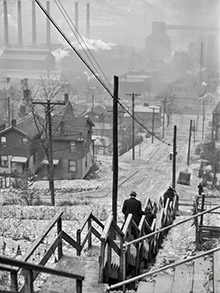
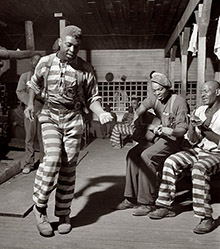
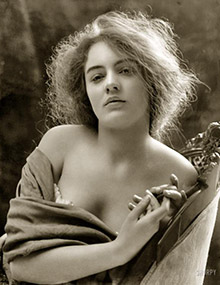
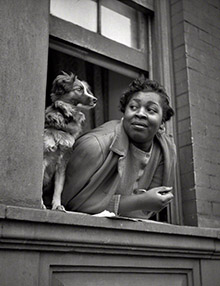
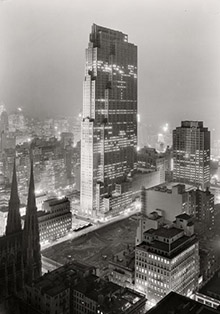
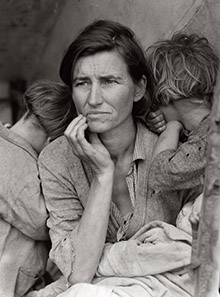
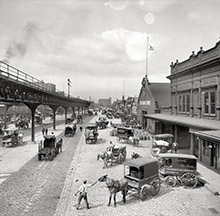
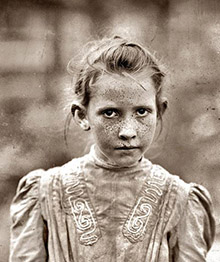
On Shorpy:
Today’s Top 5